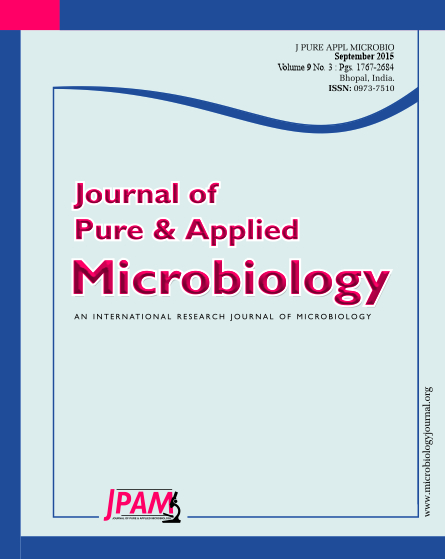Plant growth promoting rhizobacteria (PGPRs) are a group of bacteria that can actively colonize plant roots and can modulate plant growth. The present study was conducted to examine the effects of bio-priming with Azotobacter and Azospriliumon on the yield and resistance to drought stress of F. arundinacea Schreb seeds under different four levels of osmotic potential such as 0.5,1,1.5 and 2 Mpa that created using the polyethylene glycol. Seeds treated for 2 and 4 days. Drought stress on the field capacity, in the four levels of 100%, 75%, 50% and 25% of field capacity was applied during plant growth. The results showed that bio-priming treatments in the traits of root length, stem length and fresh stem weight improved yield and increased resistance to drought stress as compared to control. Both types of bacteria Azospirillum and Azotobacter significantly increased yield compared to control. The performance of Azotobacter was relatively higher than in Azospirillum. With regard to F. Arundinacea species seeds treated with Azotobacter 2 and 0.5 MPa for 2 days were identified as the superior treatments.
Azotobacter, Azosprilium, Bio-priming, Drought stress, field capacity
© The Author(s) 2015. Open Access. This article is distributed under the terms of the Creative Commons Attribution 4.0 International License which permits unrestricted use, sharing, distribution, and reproduction in any medium, provided you give appropriate credit to the original author(s) and the source, provide a link to the Creative Commons license, and indicate if changes were made.


